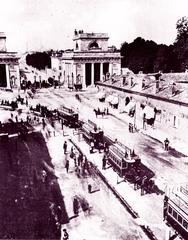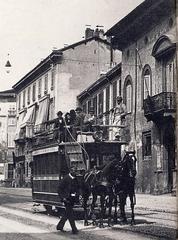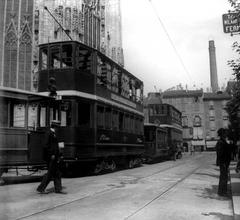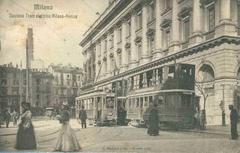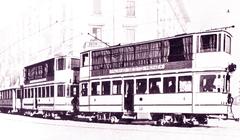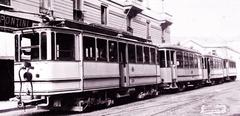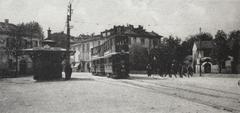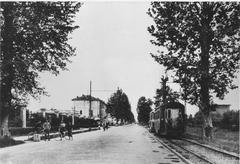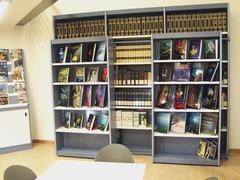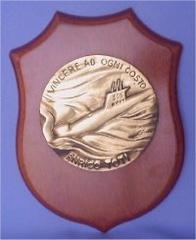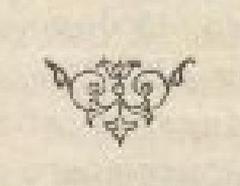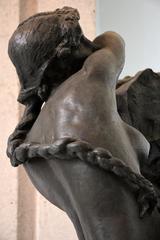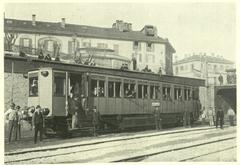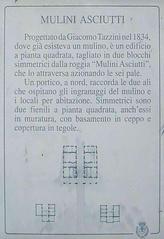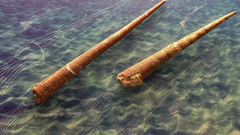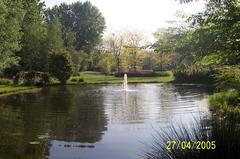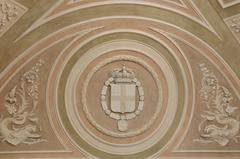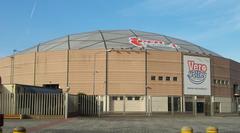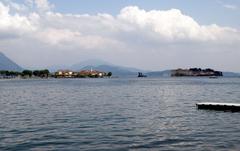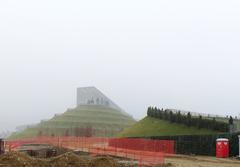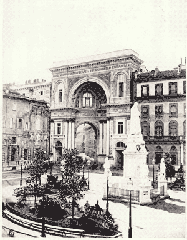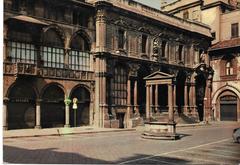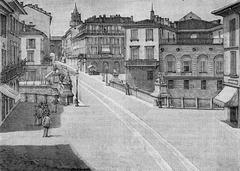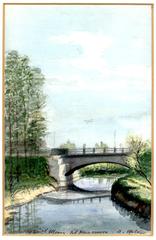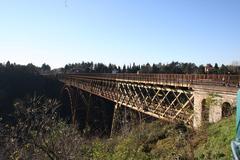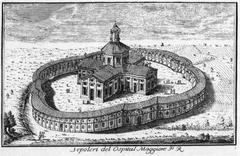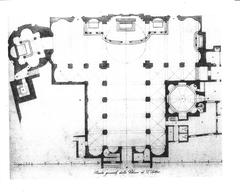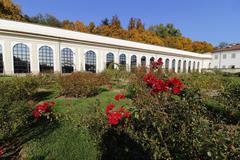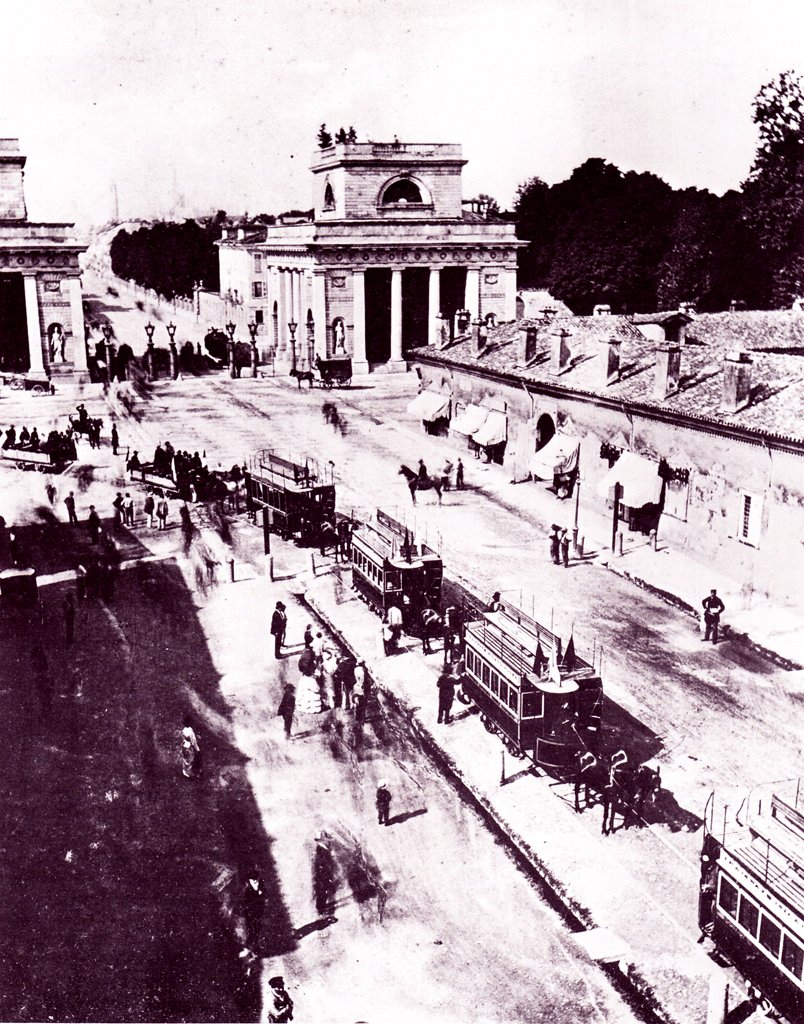
Visiting the Milan–Monza Tramway: Complete Guide to History, Tickets, Visiting Hours, and Travel Tips
Date: 15/06/2025
Introduction
The Milan–Monza Tramway stands as a living monument to Lombardy’s rich transportation heritage and urban evolution. Connecting Milan—Italy’s bustling economic and cultural capital—with the historic city of Monza, this tramway embodies more than a century of technological innovation, social transformation, and cultural significance. For visitors and locals, the Milan–Monza tramway offers a unique blend of vintage charm and modern mobility, making it a memorable way to experience the region.
This guide will help you navigate the tramway’s history, ticketing, visiting hours, accessibility, and key attractions along the route. Whether you’re a commuter, history enthusiast, or tourist, use this resource to make the most of your Milan–Monza tramway experience.
Historical Overview
Early Development
The Milan–Monza tramway is one of Italy’s earliest interurban transit lines. Its roots trace back to the industrial expansion of the 19th century, when Milan sought efficient connections to outlying towns. The Milan–Monza railway, opened in 1840, was Lombardy’s first and Italy’s second railway, setting the precedent for rapid regional transit (Wikipedia: Monza railway station).
By the late 19th century, the rise of electric tramways led to the inauguration of the Milan–Monza line, which provided more frequent stops and greater accessibility than the railway. The tramway became essential for daily commuters and leisure travelers, helping to shape Milan’s suburban growth.
Expansion and Integration
Originally operating independently, the tramway gradually integrated with Milan’s extensive urban network, now one of Europe’s largest (UrbanRail: Milan Tram Network). The 1970s saw parts of the interurban routes incorporated into the Milan Metro (notably the M2 line), supporting seamless multimodal travel. The completion of the Passante rail tunnel in the late 20th century further enhanced connectivity between suburban and city lines.
Technological and Cultural Legacy
The tramway’s vehicles evolved from horse-drawn and steam-powered trams to efficient electric models in the early 20th century. Many of the classic Peter Witt trams from the 1920s are still in service, their wooden interiors and brass fittings offering passengers a nostalgic journey through Milan’s historic quarters (YesMilano).
Beyond transport, the tramway is an enduring symbol of Milanese identity—akin to London’s double-decker buses or San Francisco’s cable cars. Its ongoing modernization and integration with sustainable mobility initiatives highlight Milan’s commitment to reducing emissions and preserving public transport heritage (Railway Technology).
Practical Information for Visitors
Operating Hours & Frequency
- Trams operate: Daily from approximately 4:30–5:00 AM until 2:00–2:30 AM (Introducing Milan: Trams).
- Holiday service: Reduced hours (7:00 AM–7:30 PM) on public holidays.
- Frequency: Every 10–15 minutes during peak hours; check ATM Milan for real-time schedules.
Ticket Information
- Single journey: €2 (valid for 90 minutes across trams, buses, and metro within Milan) (The F1 Spectator).
- Book of 10 tickets: €18.
- 24-hour pass: €7.
- 48-hour pass: €12.
- Tickets are available: At metro stations, kiosks, newsstands, authorized retailers, and via the ATM Milano app.
- Validation: Always validate your ticket upon boarding using the machines at stops or onboard.
Travel Between Milan and Monza
The original interurban tramway is no longer operational, but you can easily travel between Milan and Monza using suburban trains (S lines) from Milano Centrale, Porta Garibaldi, or Sesto San Giovanni. The trip takes 10–20 minutes, with frequent departures. From Monza station, local buses connect to attractions like Monza Park and the Royal Villa (Milanostyle.com).
Accessibility
- Historic trams: The 1500 series trams are not fully accessible due to their vintage design.
- Modern trams and buses: Equipped with low floors and ramps for wheelchair users.
- Stations and stops: Generally provide clear signage and assistance for passengers with reduced mobility (AreacMilano).
Cultural and Tourist Highlights
Iconic Sights Along the Route
- Milan’s Historic Center: Easily reached by tram; explore the Duomo, Sforza Castle, and La Scala.
- Monza Park and Royal Villa: One of Europe’s largest urban parks, with stunning gardens and neoclassical architecture (Lost Between Oceans).
- Monza Cathedral: Known for the Iron Crown of Lombardy.
- Autodromo Nazionale Monza: Renowned Formula 1 circuit, with shuttles from Monza station during major events (F1 Destinations).
Heritage Tram Rides & Events
- Vintage rides: Experience the charm of the 1500 series trams on Milan’s urban Line 1 (The Nest Milan).
- Special events: Themed rides and guided historical tours are occasionally offered, especially during festivals or the Italian Grand Prix.
- Photographer tips: The best shots are found near Monza Park, the Royal Villa, and along Milan’s classic boulevards.
Visitor Tips
- Plan ahead: During major events (e.g., F1 Grand Prix), public transport is crowded—consider off-peak travel or overnight stays in Monza (F1 Destinations).
- Validate your ticket: To avoid fines, always validate your ticket at the start of your journey.
- Combine sightseeing: Use the tram and suburban train to explore both Milan and Monza’s historic sites in one day.
- Check for accessibility: If mobility is a concern, confirm the type of tram or bus on your route.
- Stay informed: Use the ATM Milano app or official websites for real-time updates.
Frequently Asked Questions (FAQ)
Q: What are the Milan–Monza tramway’s operating hours?
A: Trams run daily from about 4:30–5:00 AM until 2:00–2:30 AM, with reduced service on holidays.
Q: How much do tickets cost?
A: Single journey tickets are €2; 24-hour and multi-day passes are available for frequent travelers.
Q: Are the trams accessible for people with disabilities?
A: Most modern trams and buses are accessible; vintage trams have limited access.
Q: Can I take a heritage tram ride?
A: Yes, particularly on Line 1 in Milan; check local listings for special heritage rides and tours.
Q: How do I get from Milan to Monza?
A: Use suburban trains from major Milan stations to Monza; the journey is quick and frequent.
Q: What are the must-see stops?
A: Milan’s Duomo, Sforza Castle, Monza’s Royal Villa, and Monza Park are highlights along the route.
Visuals and Interactive Resources
- Wikimedia Commons: Milan–Monza Tramway for historical and modern tram photos.
- ATM Milano official website for maps, schedules, and ticketing.
- AreacMilano: Milan Tram for interactive itineraries.
- Lost Between Oceans for travel inspiration.
Final Tips & Summary
The Milan–Monza Tramway remains an integral part of Lombardy’s transport landscape and cultural identity. Its combination of historic vehicles and modern infrastructure offers travelers both nostalgia and efficiency, linking the vibrant streets of Milan with the historic splendor of Monza. The network is well-integrated, with flexible hours, affordable ticketing, and good accessibility. Take advantage of digital tools like the ATM Milano app for seamless travel planning.
Preservation projects and special events keep the tramway’s heritage alive—so whether you’re commuting or sightseeing, the Milan–Monza tramway promises a unique and enriching experience.
For more travel tips, download the Audiala app and follow us on social media. Step aboard and discover the extraordinary history and culture at every stop.
Sources and Further Reading
- Wikipedia: Monza railway station
- UrbanRail: Milan Tram Network
- AreacMilano: Milan Tram
- Railway Technology: Milan Metro
- YesMilano: Milan Tram Itineraries
- F1 Destinations: Italian Grand Prix
- The F1 Spectator: Italian Grand Prix Travel Guide
- Introducing Milan: Trams
- The Nest Milan
- Milanostyle.com
- Lost Between Oceans
- ATM Milan
